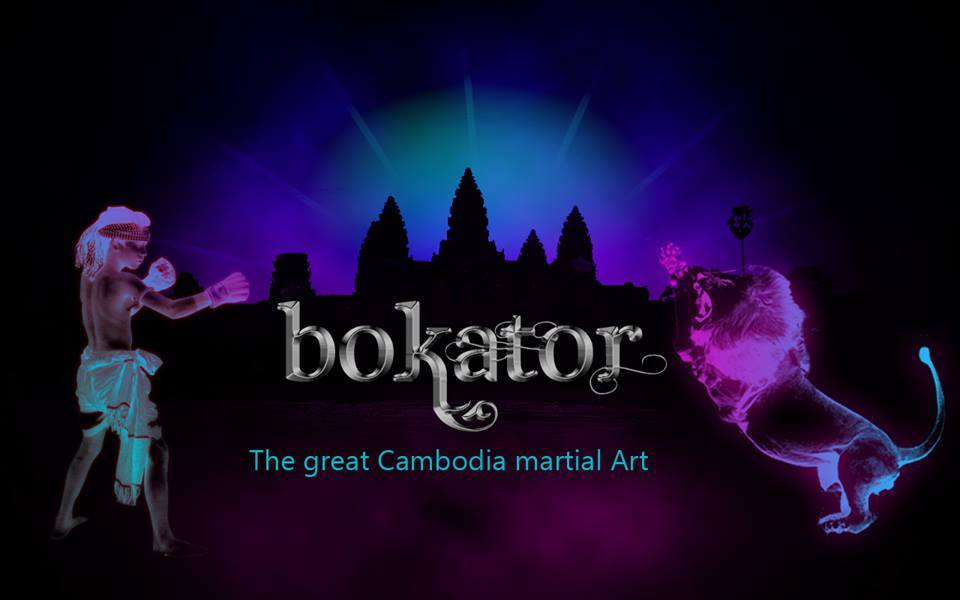Our look at the collection of the Angkor
Sculptures from Angkor National Museum:
Our look at the collection of the Angkor National Museum continues with this sculpture of Durga Mahishasurmardini, the demon-buffalo slayer, which is dated to around the third quarter of the 7th century and was originally housed in the collection of the National Museum in Phnom Penh. It arrived at the capital at the beginning of 1920 but its provenance is not complete and records show it came from somewhere in Kompong Cham. It was one of the museum’s original exhibits when it opened that same year. Now it’s been on loan to the Angkor museum since 2007 as Phnom Penh’s existing Durga collection is of a very high quality.
The sculpture is just over three feet in height, made of sandstone and most likely had four arms when complete. Her arms and attributes – probably a conch, a ball, disc and a club, of which only the base remains, have been lost, but would’ve replicated the attributes of Vishnu, though she is the shakti, or the cosmic feminine energy of the god Shiva. Her miter headdress which she is wearing is also similar to Vishnu. Durga was quite literally created with the purpose of slaying the buffalo demon Mahisha by the combined energies of Vishnu, Shiva, Brahma, and the lesser gods, who were powerless to defeat him, and the gods endowed Durga with everything she would need to succeed in saving the world. After a fierce battle Durga subdued Mahisha and saved the world; her defeat of the demon is indicated by the head of the buffalo carved on the plinth upon which she stands. Her benign face, with closed eyes and rounded cheeks, confirms her youthful appearance, complemented by her slender hips and breasts close together. Her sampot is simple with a large falling pleat etched into the stone. The earliest picture of her was taken in 1921 by the EFEO.
About Me
I have graduate from BUILD BRIGHT UNIVERSITY(BBU) AND PREAH SIHANOUK RAJA (SBU) I work at Khmer Plus Computer Address: #156BE, St.63 (Trasak Phaem), Sang kat Chaktomok, Khan Daun Penh, Phnom Penh And Much More... Hey..My name is Thol Un Welcome To my site! Hope it will help you! Nice to know you! Indroduce My Self -My name is Thol un.I come from Kompong cham Province -Now I am staying at Langka pagoda .I have graduated from Build Bright University -My Major is Information and Network Technology -I am Working at Khmer Plus Computer -I want to get experience From your Company and develop your Company to be More Successful forever
Thanks for Support
Copyright©️:2021 All Rights Reserved. @Mr. Thol Un Hi every body, In this video I want show about the people success with Website, All This The Result From Website Partnership. Make money online speak Khmer: Please Followers My Website to Get More Videos!! Giving Dharma Is Better Than Giving Things!! Thanks for Support My Website !! This Website is created for the purpose of spreading the Entertainment Cambodia and other History Khmer, Dharma Khmer, Cooking Khmer by posting videos in Website Blogger or Blogspot YouTube and Facebook Page. Thanks and thanks for the support for this Website ..! Thanks For watch all this Website !❤ Like ✅Share ☑️ Comment❤ Kindly donate to the ABA Bank : ❤Thol Un❤ ❤001885833❤















